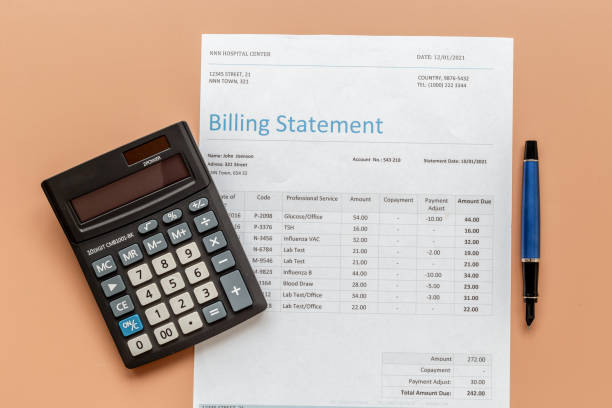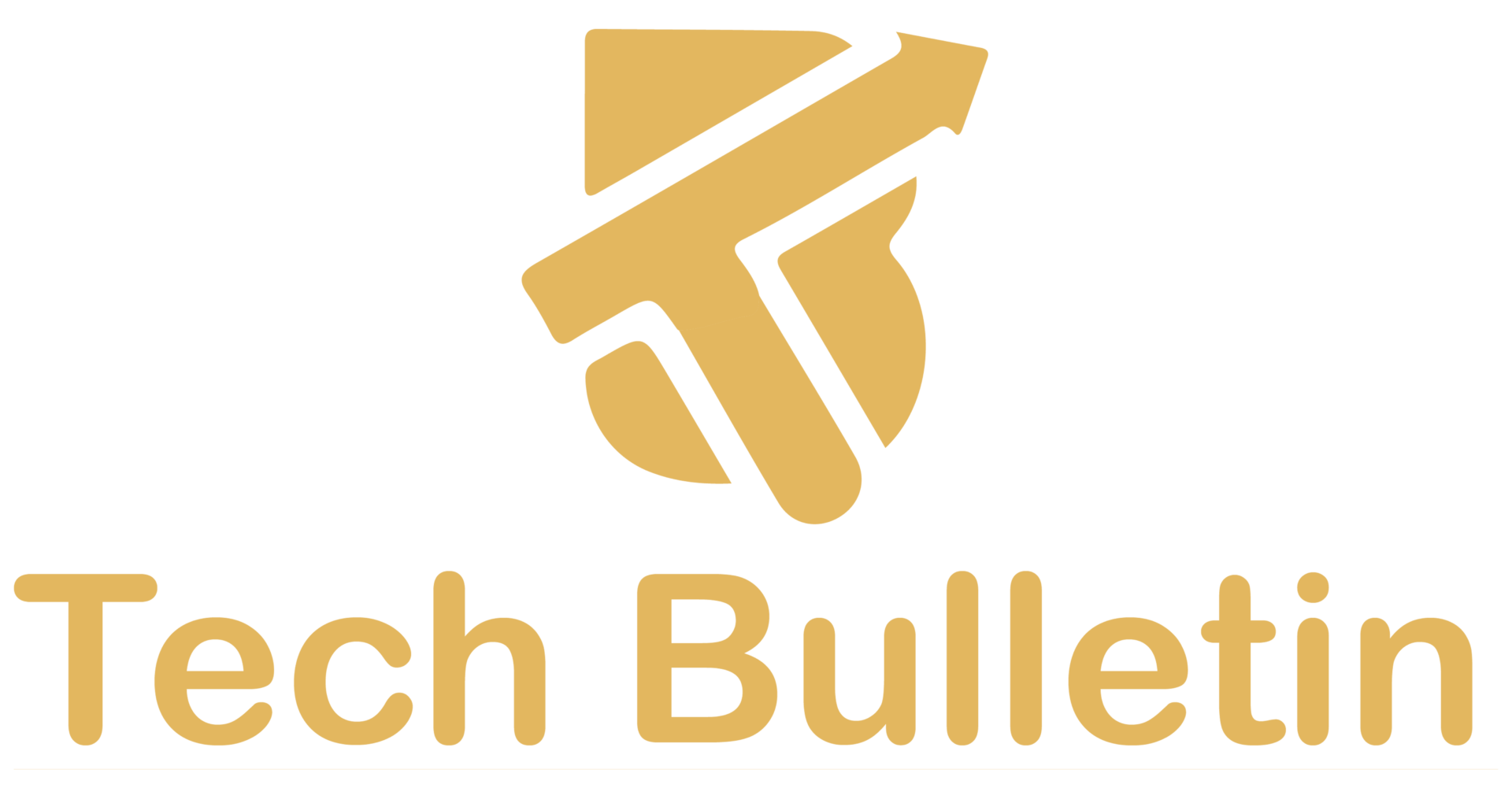7 Powerful Reasons Why RPA Can Automate the Entire Billing Workflow Seamlessly
Robotic Process Automation (RPA) is a transformative technology that uses software robots to perform repetitive, rule-based tasks. In the context of billing, these tasks might include data entry, invoice generation, payment tracking, and compliance checks. The reason RPA can automate the entire billing workflow effectively is that most billing tasks follow predefined rules and involve structured data, ideal conditions for automation.
RPA not only accelerates these processes but also brings a higher degree of accuracy and consistency. For industries where billing errors can lead to financial losses or compliance issues, RPA offers a reliable solution that operates 24/7 without fatigue.
Traditional Billing Workflow Challenges
Before automation, billing processes relied heavily on manual intervention. Staff had to collect data from multiple sources, cross-verify records, and prepare invoices all by hand. This often resulted in:
- Data entry mistakes
- Delayed invoices
- Customer dissatisfaction
- Increased operational costs
- Compliance risks
Such inefficiencies make a strong case for adopting RPA to modernize the billing workflow.
How RPA Can Automate the Entire Billing Workflow

Overview of RPA Integration
The key advantage of RPA lies in its non-invasive integration. It can mimic human interactions with digital systems such as Enterprise Resource Planning (ERP) platforms, Customer Relationship Management (CRM) tools, and financial databases. This allows organizations to introduce automation without overhauling existing infrastructure.
For example, once RPA bots are set up, they can:
- Extract client and service data
- Generate invoices based on predefined rules
- Send invoices via email or integrate with e-invoicing platforms
- Update internal records instantly
Automation Flow from Data Input to Invoice Generation
Here’s how a typical automated billing workflow operates using RPA:
- Data Collection: Bots collect data from sales platforms or CRMs.
- Validation: The data is verified for accuracy and completeness.
- Invoice Preparation: Templates are used to generate compliant invoices.
- Delivery: Invoices are sent automatically to customers.
- Payment Tracking: RPA bots monitor payments and update records.
- Reporting: Dashboards are updated with real-time billing status.
7 Powerful Reasons Why RPA Can Automate the Entire Billing

Here are 7 powerful reasons why Robotic Process Automation (RPA) can automate the entire billing workflow seamlessly:
1. End-to-End Data Handling
RPA bots can automatically extract, validate, and input data across multiple systems, ERPs, CRMs, spreadsheets, and accounting software without manual intervention. This reduces errors and ensures billing data is consistent and up to date across all platforms.
2. Faster Invoice Generation
Bots can rapidly generate invoices based on predefined templates and rules. Whether it’s recurring billing, usage-based, or milestone-based invoicing, RPA handles it in seconds, reducing billing cycle time and improving cash flow.
3. Seamless Integration with Payment Gateways
RPA connects directly with payment gateways to monitor transactions, process payments, and trigger confirmations or receipts. It can even reconcile incoming payments with open invoices in real time, improving accuracy and visibility.
4. Real-Time Error Detection & Compliance
RPA can validate tax codes, detect anomalies, and ensure invoices comply with local and international regulations (e.g., VAT, GST, SOX). This reduces compliance risks and audit issues while maintaining consistent billing standards.
5. Automated Notifications and Reminders
From sending invoice confirmations to following up on overdue payments, bots can automatically trigger personalized emails and alerts. This improves communication and reduces the need for manual customer outreach.
6. Scalability Without Additional Headcount
RPA scales easily as your billing volume grows. Whether you’re dealing with 1,000 or 100,000 invoices, bots can manage the workload 24/7 without added staff, saving costs and maintaining consistency.
7. Improved Customer Experience
By reducing delays, errors, and miscommunications, RPA ensures customers receive accurate bills on time. This builds trust, minimizes disputes, and enhances overall satisfaction with the billing process.
Accuracy and Error Reduction Benefits

Minimizing Human Error in Data Entry and Reconciliation
Manual processes are prone to error, especially in data-heavy functions like billing. RPA eliminates this risk by performing operations with near-perfect accuracy. Bots don’t misread numbers or forget to attach documents. This results in fewer disputes and higher customer satisfaction.
Real-Time Validation and Duplicate Detection
RPA bots are designed to follow strict logic. They can be programmed to identify duplicates, missing fields, or inconsistent entries before an invoice is finalized. This layer of validation ensures that invoices are correct the first time, reducing the need for costly corrections.
Speed and Efficiency Improvements

Faster Invoice Generation and Processing
Time-consuming tasks such as compiling billing details and generating invoices can be performed in seconds with RPA. This increased speed allows companies to invoice clients promptly, improving cash flow and shortening the billing cycle.
Reduced Turnaround Times for Billing Cycles
RPA can run billing processes multiple times a day or even continuously, enabling same-day processing and delivery. This is especially useful for subscription-based services or companies with high transaction volumes.
Cost Savings Through Automation
Lower Operational Costs with RPA
By reducing the need for manual labor, RPA leads to significant cost savings. Fewer errors also mean fewer resources spent on resolving issues or managing disputes. Organizations can either downsize or reallocate staff to more strategic roles.
Impact on Financial and HR Resource Allocation
Departments like finance and human resources can be leaner and more efficient. HR teams spend less time on payroll-related billing, while finance teams benefit from cleaner, automated data that simplifies auditing and forecasting.
Improved Compliance and Audit Readiness
Audit Trails and Traceability with RPA
Every action taken by an RPA bot is logged. This audit trail is essential for compliance with financial regulations and industry standards. It also simplifies the work of auditors, saving both time and money.
Regulatory Compliance and Tax Handling
RPA can be configured to include tax codes, discount rules, and jurisdiction-specific billing standards. This reduces the risk of non-compliance and ensures that invoices meet legal requirements in all operating regions.
Conclusion
RPA is transforming the billing workflow by eliminating manual tasks, reducing errors, and accelerating the entire process from invoice generation to payment reconciliation. Its ability to integrate seamlessly across systems, scale effortlessly, and maintain compliance makes it a game-changer for finance and operations teams. By automating the billing cycle end-to-end, organizations can achieve greater efficiency, faster cash flow, and a significantly improved customer experience—all while reducing operational costs. Embracing RPA isn’t just a tech upgrade; it’s a strategic move toward smarter, more agile financial operations.






